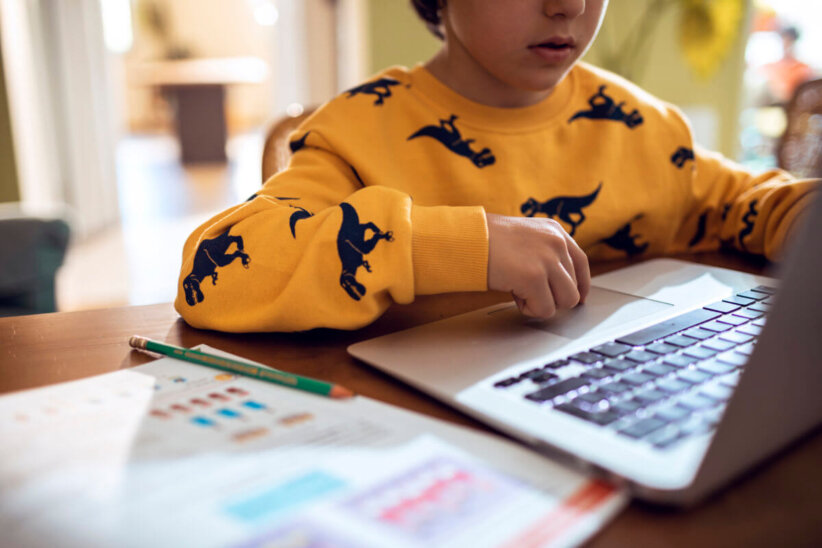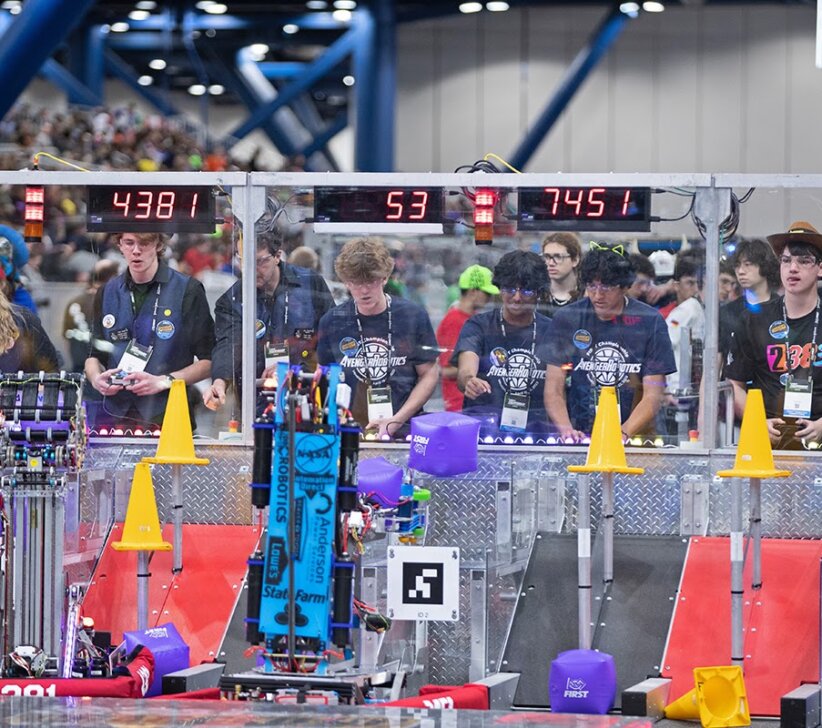Separating from your child is a developmental milestone that frequently takes place through an early childhood program. While it’s impossible to predict how your child will separate the first time you leave him alone at childcare, preschool, kindergarten, or even a play date or birthday party, there are some tips and tricks that can help both you and your child make the transition as easy and painless as possible.
Start Over the Summer
The summer is often a more relaxing time for children and parents. You might consider participating in a gradual separation summer camp program, before the stress of the school year begins. Look for a school-prep program for your toddler, which begins as a parent-child class, and gradually shifts to a drop-off class. Or, you could choose a drop-off program with a graduated separation process in the first few weeks. This helps your child get used to that process when he enters school in the fall. The choice is yours, depending on your child’s needs, and on your own needs and schedule.
Create Predictability
Before bringing your child to school or a play date where he will have to be alone, talk about what to expect. Take your child to visit the camp or the school before the first day, and let him or her look at the classroom, playground, bathrooms, and even meet the teachers. Setting up play dates with a classmate or two before the program starts will help establish friendships that make children feel more comfortable and less alone. Also, check out books from the library about separation, such as The Kissing Hand, Will I Have a Friend? and You Go Away.
Say Goodbye
It is important to say goodbye to your child every day. This helps you earn your child’s trust, and it also helps your child understand what is coming next so he or she can plan for it, even at a young age. At age 1 1/2 you might say goodbye and then leave quietly half an hour later when your child is engaged, by age 3 or 4 your goodbye and act of leaving should be immediate. Either way, your child will know what to expect.
Establish a Routine
Children look to their parents as role models to learn what proper behavior is. You will inspire confidence in your child with your own consistency. Your words – and your body language – are important. Establish a separation routine, and then stick to it. You might choose to hug five times before sending your child into the camp group; or hang up your child’s coat, give a high-five, and then exit the classroom door.
Employ a Transitional Object
If separation seems to be disturbing for your child, try sending your child to school or camp with a transitional object for comfort – something from home like a toy, blankie, picture, or stuffed animal. Even if the item goes into his or her bag after arriving at the program, the memory of the item is reassuring.
Easing Into a Program
Many early childhood camps and early childhood programs have established special schedules for the first few days or weeks to help children adjust and make friends. The philosophy behind these schedules is to create smaller groups and shorter hours for gradual entry into the routine. This time is when the teachers or counselors establish the morning routine that helps children know what to expect and give them a sense of accomplishment.
Pick Up on Time
Actions at the end of the day are just as important as at the beginning. Your child needs to be confident that you – or someone they know – will be there at the end of the day just like the other parents and caregivers. Picking up promptly is especially important in the beginning of the school year when the children are more nervous about separation. Also, this is the best time to ask about and show your enthusiasm about your child’s artwork or other projects and activities from the day. Your discussion about your child’s day can not only be informative for you, but also is a tangible demonstration of the value you assign to the program that you are leaving them for.
Getting Back on Track
Sometimes, separation sensitivity may occur in the middle of the year, after an illness, following a long weekend, or in waves. It’s possible that after your child adjusts to new routines, he may then realize that the parent is no longer in school. It then becomes necessary to find new techniques to readjust to school. If something didn’t work before, give it a try again.
Remember, separation is a natural occurrence that starts with a baby’s first steps and continues on through college and adulthood. Contrary to some parents’ opinions, separation at an early age is not a negative experience, even if it may be difficult at times. In fact, separation is an important learning opportunity and a big step in a child’s development as they learn to become an independent individual. It is important, however, to try to make the transition as easy and painless as possible – for both your child and yourself!
Ann Pardes is the Early Childhood director at the Rosenthal JCC in Pleasantville, N.Y.








